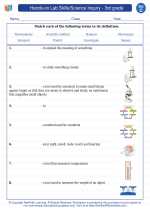Radio Waves
Radio waves are a type of electromagnetic radiation with wavelengths longer than infrared light. They are used for various communication purposes, including broadcasting, navigation, and wireless networking.
Properties of Radio Waves
- Wavelength: Radio waves have long wavelengths ranging from about 1 millimeter to 100 kilometers.
- Frequency: They have frequencies from about 3 kilohertz to 300 gigahertz.
- Speed: In a vacuum, radio waves travel at the speed of light, which is approximately 3 x 10^8 meters per second.
- Propagation: Radio waves can travel through various materials, such as air, water, and solid objects, although they may be attenuated or absorbed to different extents.
- Uses: Radio waves are used for AM and FM radio broadcasting, television broadcasting, cell phone communication, radar systems, and satellite communication.
Study Guide
- What is the range of wavelengths for radio waves?
- What is the speed of radio waves in a vacuum?
- Give two examples of how radio waves are used in everyday life.
- Explain how radio waves propagate through different materials.
The range of wavelengths for radio waves is from about 1 millimeter to 100 kilometers.
In a vacuum, radio waves travel at the speed of light, which is approximately 3 x 10^8 meters per second.
Radio waves are used in AM and FM radio broadcasting, as well as in cell phone communication.
Radio waves can travel through various materials, such as air, water, and solid objects, although they may be attenuated or absorbed to different extents.
Studying radio waves can provide a fascinating insight into the world of electromagnetic radiation and its practical applications in modern technology.
.◂Science Worksheets and Study Guides Third Grade. Hands-on Lab Skills/Science Inquiry - 3rd grade
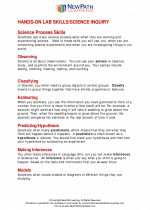
 Worksheet/Answer key
Worksheet/Answer key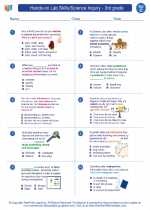
 Worksheet/Answer key
Worksheet/Answer key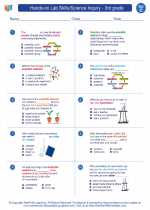
 Worksheet/Answer key
Worksheet/Answer key
 Worksheet/Answer key
Worksheet/Answer key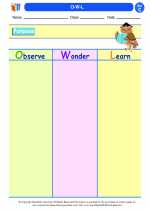
 Vocabulary/Answer key
Vocabulary/Answer key
 Vocabulary/Answer key
Vocabulary/Answer key